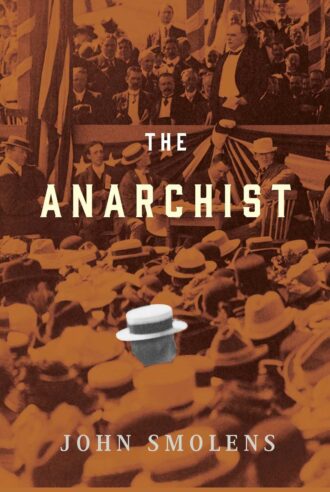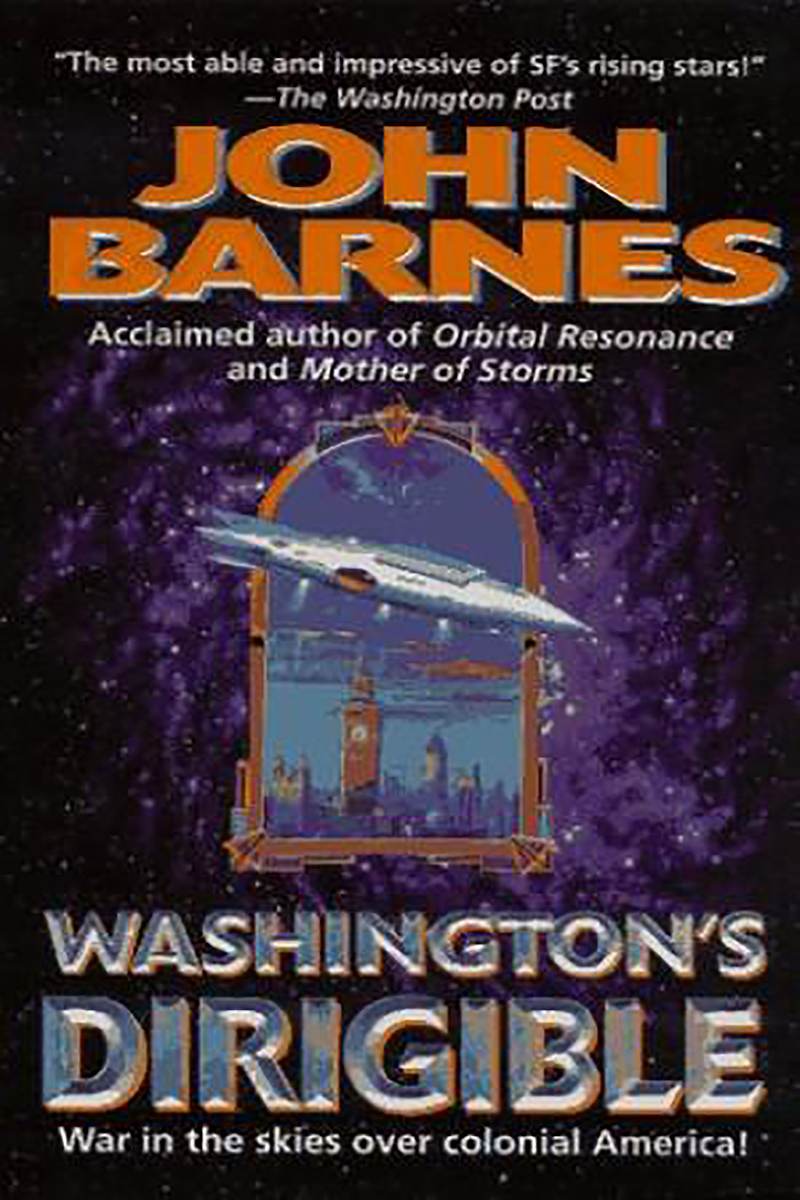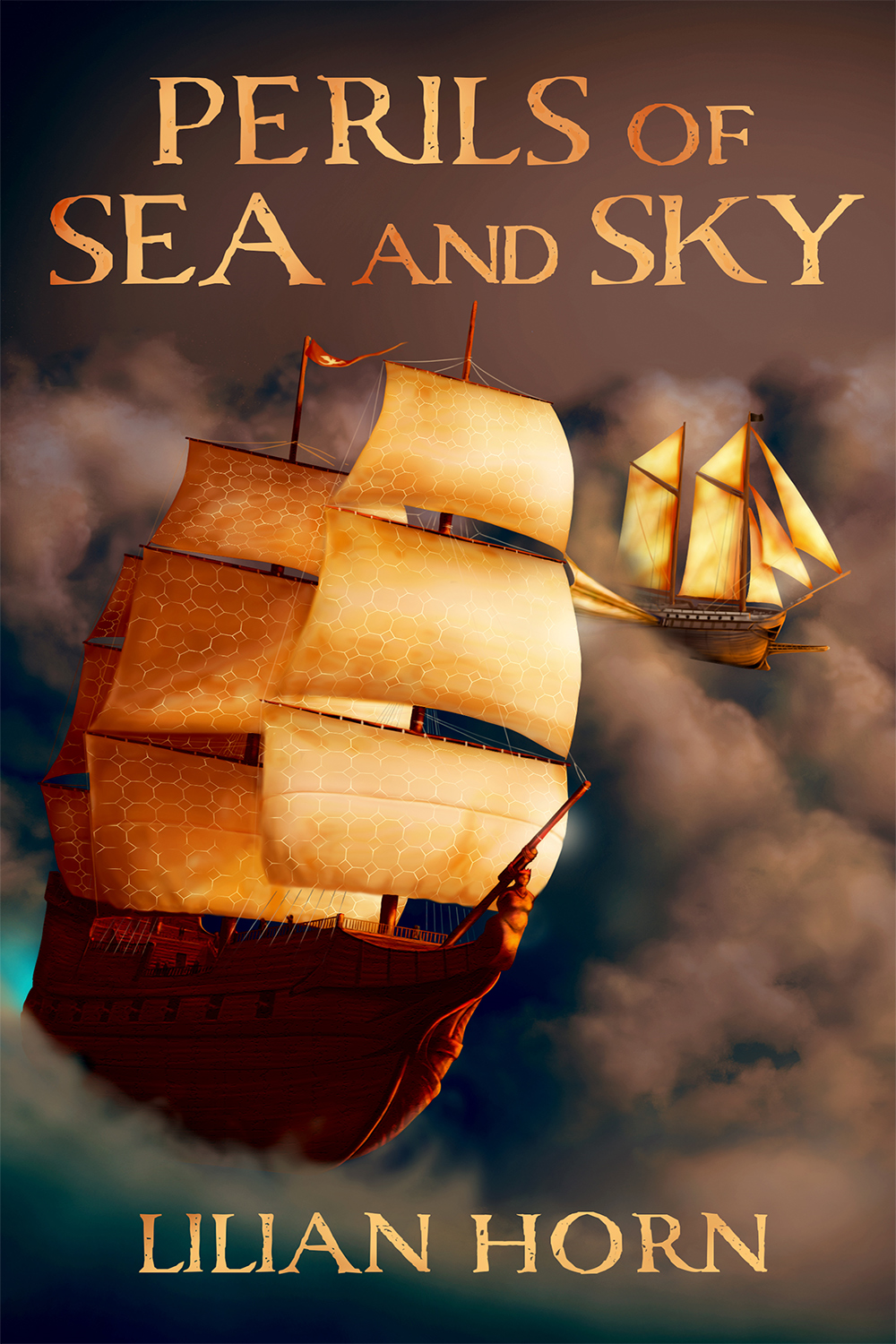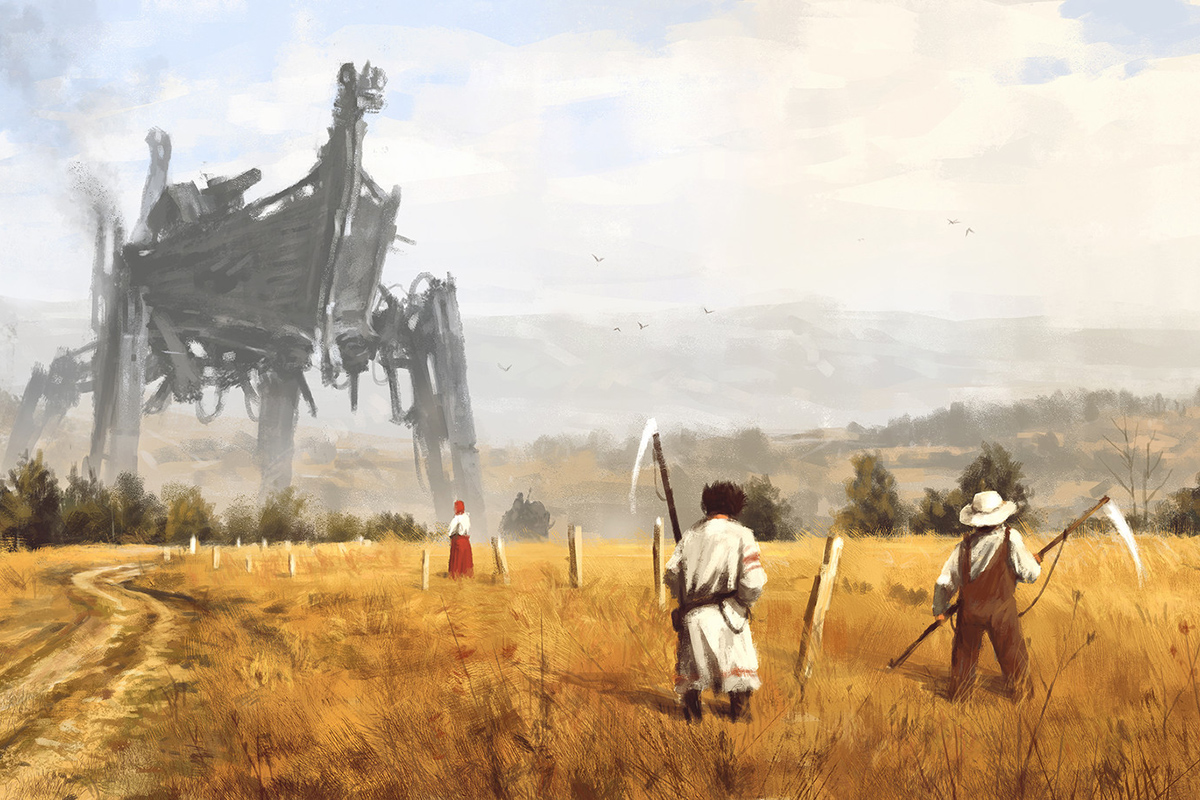Anarchists can be scary. Their philosophy abjures any form of hierarchy. As such, they are seen as bomb throwers and little else.
Today, the anarchist movement is relatively harmless, as few have rallied behind the philosophy to affect social change. That was not always the case. In the late nineteenth century, anarchists were terrorists. Alexander II of Russia was assassinated by a group slandered as anarchist, as was Umberto I of Italy. The assassination of the Italian king was an inspiration to Leon Czolgosz, who assassinated William McKinley, the twenty-fifth president of the United States.
John Smolens dramatizes that fateful assassination in his 2009 novel The Anarchist. It is a book that brings the city of Buffalo, New York — McKinley was felled — to vivid Gilded Age life. You are swept into cramped barges and squalid whorehouses, the sort of place where the lumpenproletariat of America suffered and radicalized. As you experience their agony, you begin to understand how one of them could decide shooting the president was a good idea.
Czolgosz is fleshed out as a troubled man who just can’t quite function in the world. Another character refers to him as a decent man who can’t find good work. His arc is one of desperation that leads to an earth-shaking act and then him having to reckon with what he did.
The rest of American society has to grapple with why Czolgosz did what he did, and why he is totally unrepentant. A major theme of the novel, as I understand it, is the broader culture’s incomprehension toward his actions juxtaposed with its inability to reckon with how it created a man like Czolgosz in the first place. The mobs of Buffalo want to kill him. They don’t want to think about why he became what he did.
The book is not flawless. One issue I found was Smolens’ treatment of women, particularly one questionably-handled scene of sexual assault. There is also an attempt at reckoning with the various forms of bigotry and class tension of the period, but they all come across as caricatures rather than actual sentiments: they are too mawkish, too mustache-twirling, to sound convincing.
What Smolens does well, contrariwise, is pacing. The book is marketed as a thriller, and the central assassination brims with suspense as you know the only outcome is grisly and savage. But McKinley is killed surprisingly early in the book. Smolens uses the character drama to propel the rest of the story forward.
Despite its imperfections, I enjoyed The Anarchist very much. It brings a shocking event to life with all the drama that contemporary observers must have felt. It is immersive, as all good historical fiction must be.





